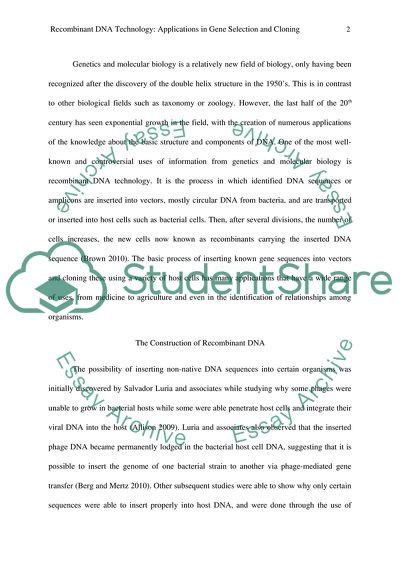Cite this document
(Applications in Gene Selection and Cloning Report, n.d.)
Applications in Gene Selection and Cloning Report. https://studentshare.org/biology/1796565-recombinant-dna-technology-and-gene-cloning
Applications in Gene Selection and Cloning Report. https://studentshare.org/biology/1796565-recombinant-dna-technology-and-gene-cloning
(Applications in Gene Selection and Cloning Report)
Applications in Gene Selection and Cloning Report. https://studentshare.org/biology/1796565-recombinant-dna-technology-and-gene-cloning.
Applications in Gene Selection and Cloning Report. https://studentshare.org/biology/1796565-recombinant-dna-technology-and-gene-cloning.
“Applications in Gene Selection and Cloning Report”. https://studentshare.org/biology/1796565-recombinant-dna-technology-and-gene-cloning.


